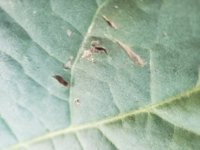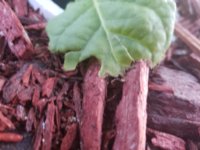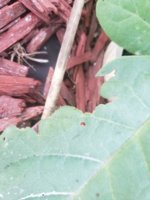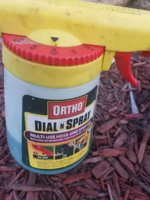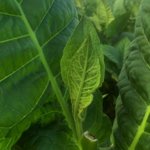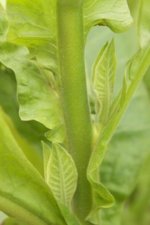For the hose problem, I purchased several cheap, plastic guide pulleys about 5 years ago, and they hold up well (except for the one I hit with my lawn tractor). Similar to these:
The linear slits in the leaf are commonly made by birds plucking an insect or mollusk off of a leaf. For smooth-edged, ovoid holes between the secondary veins, observe the margins. When they are more than a day or two old, the margin develops a contrasting (whitish) border, while freshly made holes have a clean edge. Whenever you see a fresh one, check the underside for a hornworm. Sometimes, these holes are caused by a tiny nibble on the newly forming leaf, and will grow in size as the leaf grows. Pinpoint holes are often made by flea beetles (which may be on the underside) that will jump away from your fingertip.
Smaller hornworms usually remain within the boundary of secondary veins. Crickets and grasshoppers (both quite resistant to insecticides) eat right on through the secondary veins. Flea beetles (quite sensitive to most insecticides), if left unchecked, will produce a characteristic "shotgun" scattering of tiny holes in the leaf. Slugs are usually only a problem for recently transplanted tobacco, and seem to lose their taste for it as the plants grow larger (and increase their alkaloid concentrations).
Raggedy edges are always anybody's guess.
While I do fret over any holes in my leaf, I tend to focus my attention on new injury.
Bob




